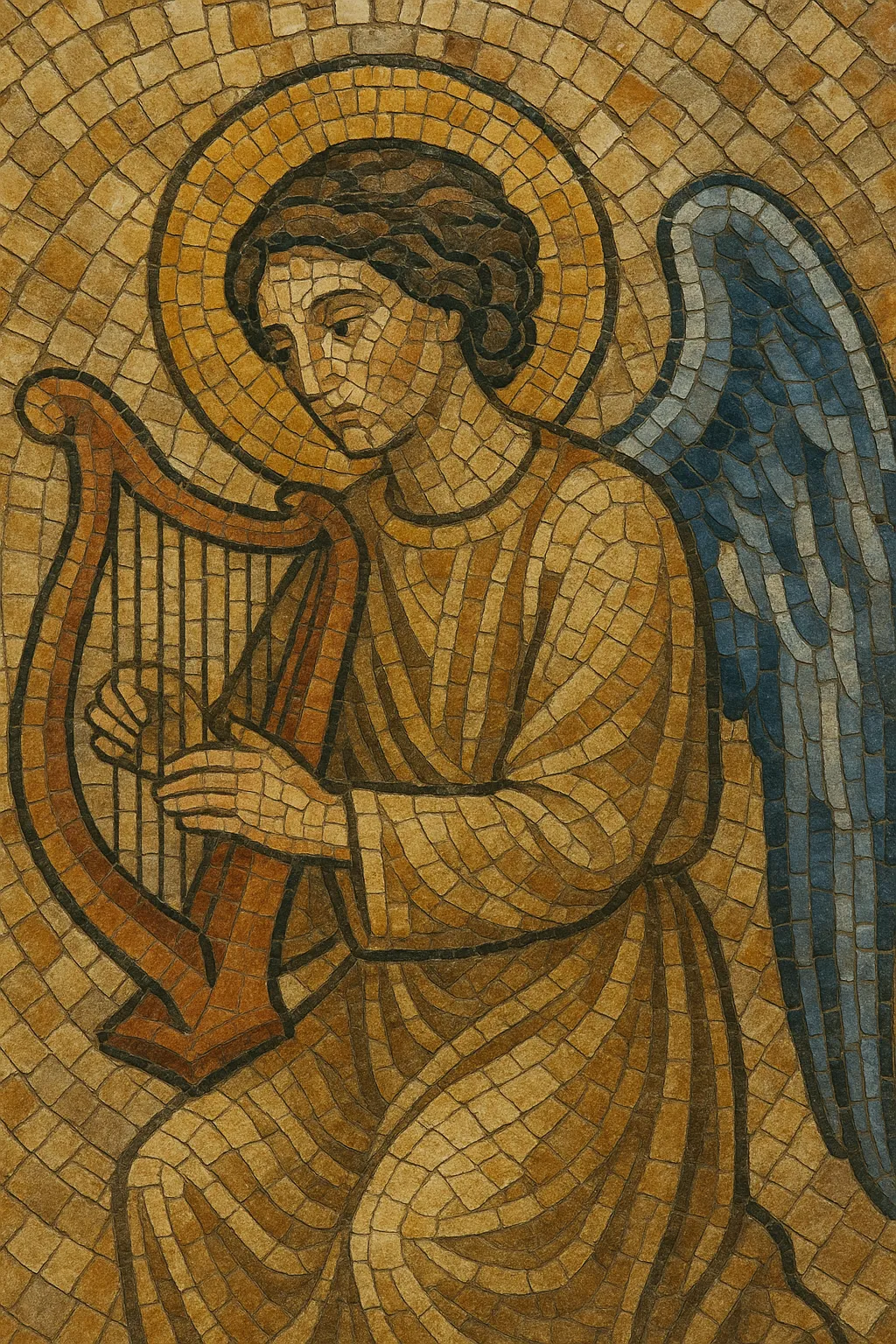
Sacred Harp is a tradition of communal, a cappella hymn singing that uses four-shape (fa–sol–la–mi) notation to teach parts and lead congregational participation. The melody typically sits in the tenor part, with treble, alto, and bass forming a robust, open-voiced harmony around it.
Named after the influential tunebook The Sacred Harp (first published in 1844), the style is marked by powerful, unaccompanied singing, bright modal colors, fuguing entrances, and a distinctive "hollow square" seating arrangement with each voice part facing the center. Singings emphasize participation over performance, with leaders choosing songs and beating time as the class begins each piece by “singing the shapes” before the lyrics.
Although rooted in religious hymnody, Sacred Harp today functions as a living folk music tradition—devotional, social, and intergenerational—celebrated at local singings and large conventions across the United States and, increasingly, around the world.
Sacred Harp’s musical DNA comes from Anglo-American psalmody and hymnody, early American singing schools, and New England fuguing-tune composers (e.g., William Billings and Daniel Read). Four-shape notation was popularized by William Little and William Smith’s The Easy Instructor (1801), enabling communities with limited formal training to learn part-singing quickly. William Walker’s The Southern Harmony (1835) and Ananias Davisson’s Kentucky Harmony (1816) further established a repertory and practice that would flow directly into Sacred Harp.
In 1844, Benjamin Franklin White and Elisha J. King published The Sacred Harp in Georgia, consolidating a regional singing-school tradition into a durable tunebook and launching a named practice that spread across the American South.
Local singing conventions and annual “all-day singings with dinner on the grounds” embedded Sacred Harp in Southern community life. Multiple editorial lineages emerged: W. M. Cooper’s 1902 Cooper Edition, the James Edition (1911), and later the Denson Revision (notably 1936, with subsequent updates). These editions preserved older repertory while adding new compositions in the same idiom, keeping the tradition vibrant and adaptable.
While urbanization and changing church music norms reduced rural participation in some areas, dedicated singers maintained strong networks, especially in Alabama, Georgia, Mississippi, and Texas. Late 20th-century folk and academic interest—along with recordings, songbook revisions, and prominent leaders such as Hugh McGraw—sparked widespread revival beyond the South.
By the 1990s, Sacred Harp singings appeared across the U.S., the U.K., continental Europe, and beyond. Films (e.g., Cold Mountain), online resources, and new shape-note collections (e.g., The Shenandoah Harmony) increased visibility. Today, the tradition thrives as a participatory, non-professional community practice that maintains its core aesthetics—unaccompanied power, fuguing textures, tenor-led melody—while welcoming new singers worldwide.

